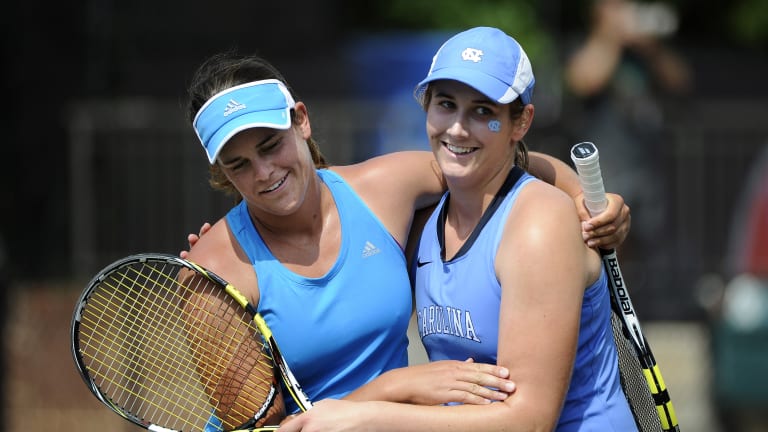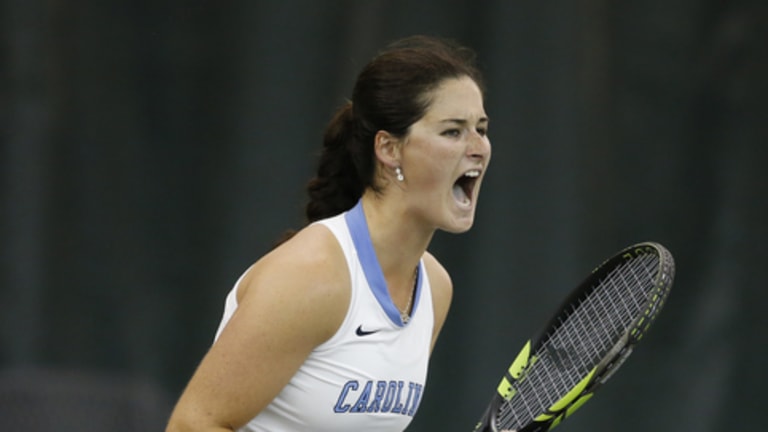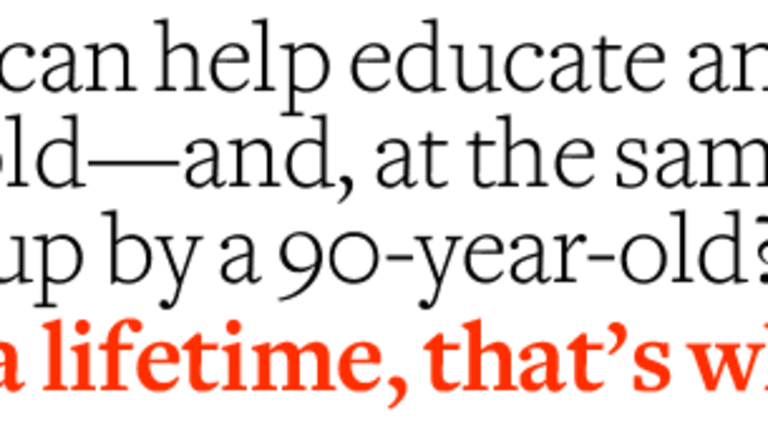At the 2017 US Open, 128 men vied for main-draw berths by entering the qualifying tournament. Of those 128 hopefuls, 26 had college ties. Fourteen current or former NCAA players ultimately competed in the men’s or women’s main draw, six via qualifying. The late-summer Slam was akin to a grand college reunion.
“With the average age of the Top 100 being 28 years old,” says former University of Virginia player and former University of Central Florida coach Philippe Oudshoorn, “college tennis seems increasingly more attractive.”
College has always been a pathway to the pros—among others, John McEnroe won an NCAA title—and the tours are brimming with alumni. We sat down with six former student-athletes to get a better understanding of why that is.
Jennifer Brady, 22 (Two years at UCLA; career-high No. 65): College was a change from the academy regimen I had followed since I was 13. I had a lack of results in the juniors, and I wasn’t ready to risk turning down an education to jump into something I had not fully prepared myself for.
Lisa Raymond, 44 (Two years at Florida; 1992 and ’93 NCAA singles champion, former doubles No. 1): My family and coach always left that decision up to me. It was never, “OK Lisa, you aren’t going to college, you’re definitely going to turn pro, and this is why we’re investing in all this.”
Eric Butorac, 36 (One year at Division I Ball State, three years at D-III Gustavus Adolphus; ATP Player Council President): I had trouble even getting recruited to college. I was never in the Top 100 in the United States. Pro tennis wasn’t even on my radar until spring of my senior year.
Jamie Loeb, 22 (Two years at North Carolina, 2015 NCAA singles champion): I was one of the top juniors and wanted to go pro. But at the same time, my parents couldn’t afford to pay for college, and going on scholarship was a great opportunity for me to grow and mature as a person.
John Isner, 32 (Four years at Georgia; part of undefeated 2007 NCAA championship team, career-high No. 9): There was actually no decision for me. The thought of going professional never crossed my mind early on, so the only decision was where to go to school.
Isner: I matured in college. It got the partying out of my system. It’s something that you can’t afford to do on the pro tour. And of course, as a player, I continued to get better and better each day I was there.
Butorac: You really start learning how to compete. When you play junior tournaments and high-school tennis, you win almost all of your matches, most of them very easily. I feel like once you get into college tennis, it’s the first time you get sorted out to your approximate skill level.
Raymond: It taught me so much: discipline, time management, how to play on a team. For me, team play was something I thrived in. That’s probably one of the reasons I’ve always done so well in doubles. I love being out there with a partner and working together.
Brady: I had to adapt to the student-athlete lifestyle, where the student part was more important than the athlete part. It forced me out of my comfort zone and helped me to become more responsible and independent.


